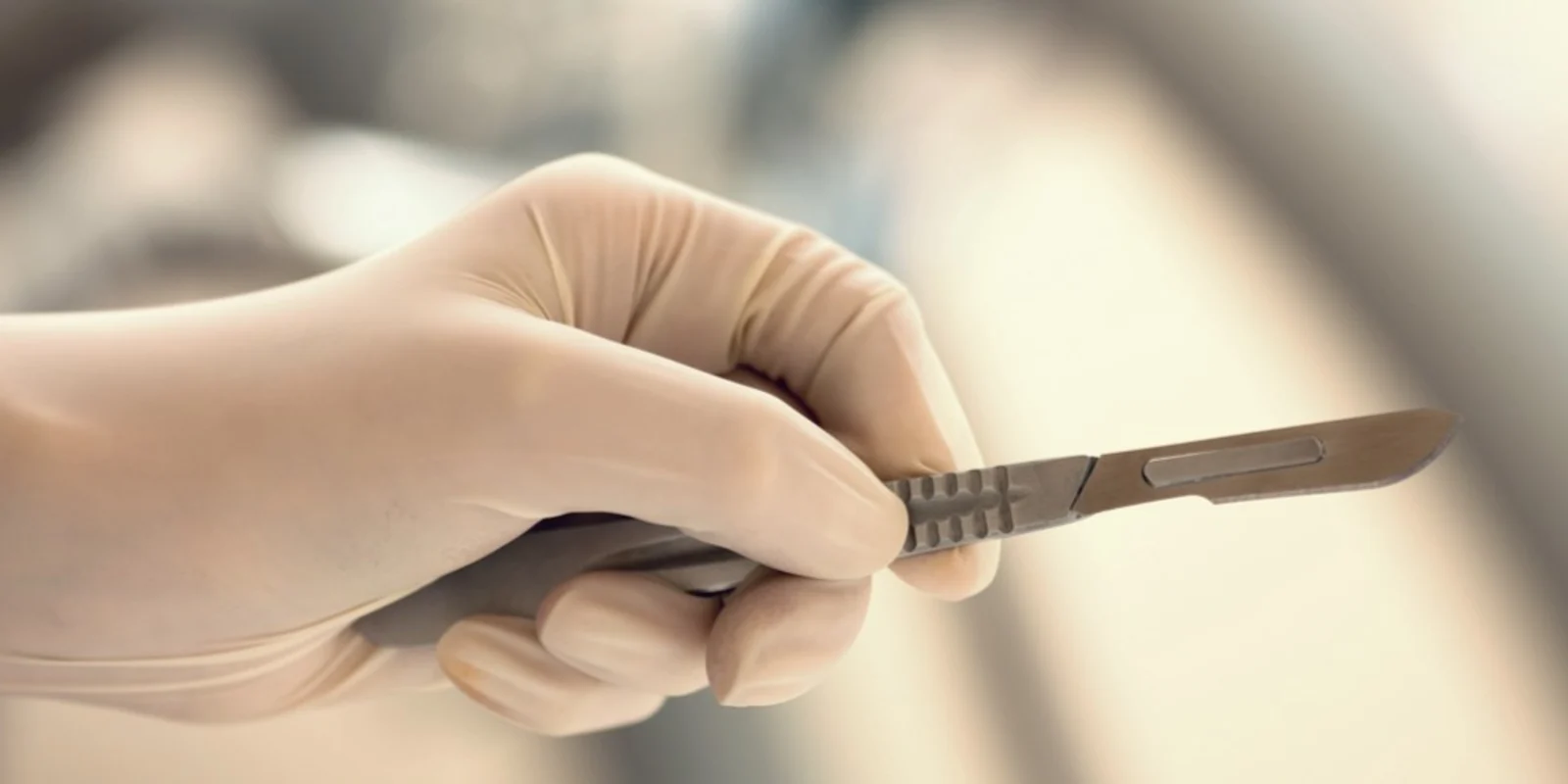
As an intern in ob-gyn, one of the things you look forward to the most is getting to be the surgeon while an attending is your assistant for a cesarean delivery. In some residency programs this doesn’t happen until your second year of training.
Most of the time you are honing skills on uneventful vaginal deliveries. You are learning about labor progression, shoulder dystocia, inserting cervical ripening agents and performing “scut” work around the labor ward.
However, one a day an attending notices the work you have been putting in. They also note the great rapport you have with this particular patient. So, the attending asks you if you would like to perform her necessary surgery, and you say “YES!” before the attending has even finished asking. You put on the surgical gown and knee-high scrub boots about 30 minutes too early in anticipation.
You nervously sneak away for a few minutes to review the steps in your mind for the surgery. You have scrubbed into dozens of C-sections as a medical student, but that involved holding the suction and retractors. This was much different — you will be holding the knife for the first time. You feel ready, and have been practicing your surgical knots and know the steps.
After you talk with the patient and help her onto the operating table, you begin the prep work. You check the fetal heartbeat one last time and then cleanse her abdomen with a solution to help prevent infection. Next, you cover her body with a drape that has a large hole in the middle designed to allow access to just the pregnant abdomen. The drape extends upward and you can no longer see her face behind the drape.
You now understand why this is a good thing. The drape helps you mentally separate from the attachment you have with the patient.
Before the drape went up, you were sensing and feeling your patient’s expected anxiety about having a surgical procedure. You were also feeling the excitement from both she and her husband about the fact that their baby was about to be born. The drape moves your focus to only the task at hand. You stop thinking about the emotions involved with this person and instead direct all of your attention to safely performing this surgery.
You confidently call out “scalpel” for the first time, and the scrub tech hands you the instrument. Your hand is shaking just slightly as you press it against the skin. However, you notice the tremor disappears as you carefully and deliberately make the large incision on her abdomen. You have started, and the steps of the surgery proceed like second nature.
When you make the incision on the uterus you are particularly careful. All you can think is, “Don’t cut the baby.” The fetal head is firmly pressed against the uterine wall, which is particularly thin after a long, stalled labor. You cut through the thin uterine muscle layer by layer until you see the scalp of the baby. At this point you gently slide your hand over the baby’s head and deep into the pelvis. You have never done this part before, but the attending calmly guides you to keep your wrist straight and pull the baby’s head through the incision.
It takes more strength than you anticipated as the head was socked deep in the pelvis of a laboring patient, but you do it successfully and the baby is screaming immediately on delivery. You look down and excitedly announce to the parents waiting anxiously behind the drape, “It’s a girl!” For the first time since the surgery started, you allow your emotions back in. A rush of adrenaline runs through you as you relish and acknowledge the gravity of the moment of this baby’s birth.
Finishing the surgery, you sew the uterus and fascia carefully back together. You notice the scrub tech impatiently looking at the clock, and you are acutely aware it takes you more time than most seasoned surgeons since this is only your first case. However, your attending doesn’t seem to mind your meticulous fashion, so you proceed without worry. Finally, you sew the skin to complete the case. Your attending physician shakes your hand firmly and says, “Nice job.”
You don’t think there could be a better feeling than performing your first case solo…..
Until, you get to walk an intern through their own “first case” and experience the growth, excitement and gratitude through their eyes.
Dr. Valerie Jones is an obstetrician gynecologist. She also writes on her website:ObDoctorMom.com. She is a 2017–2018 Doximity Fellow.







